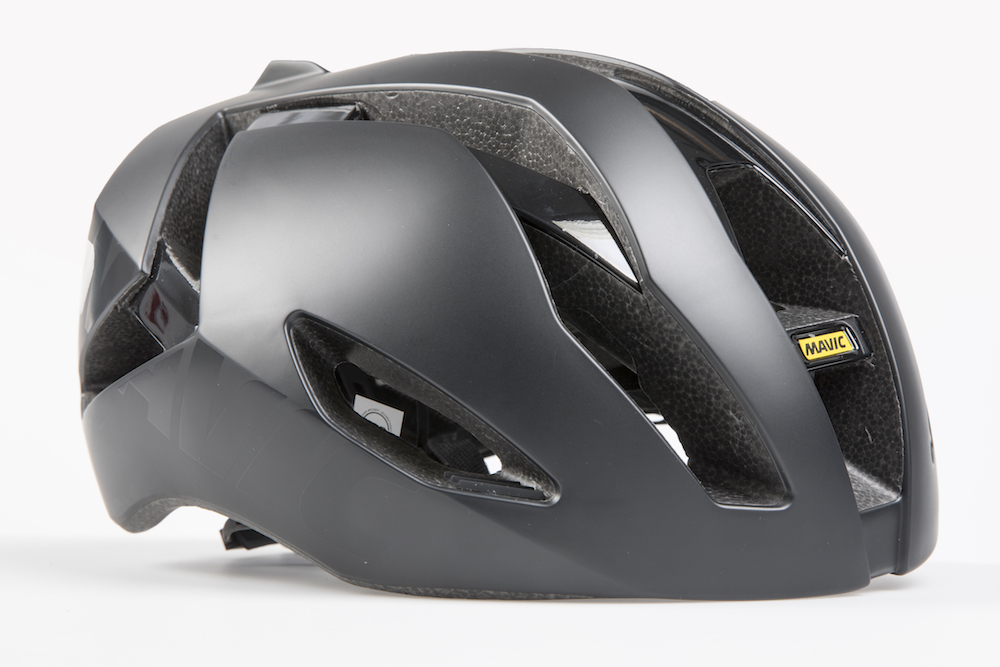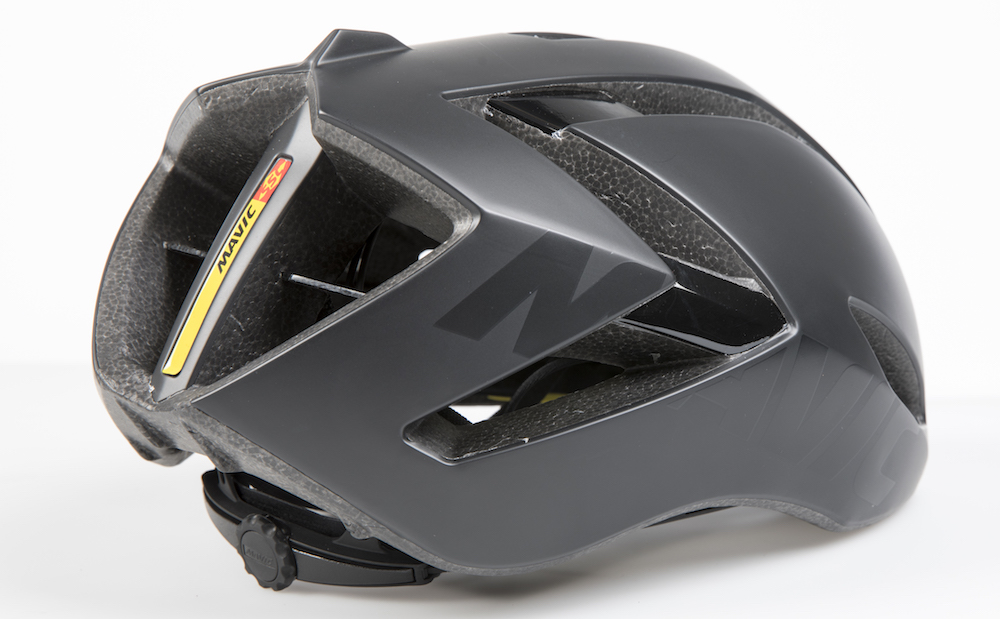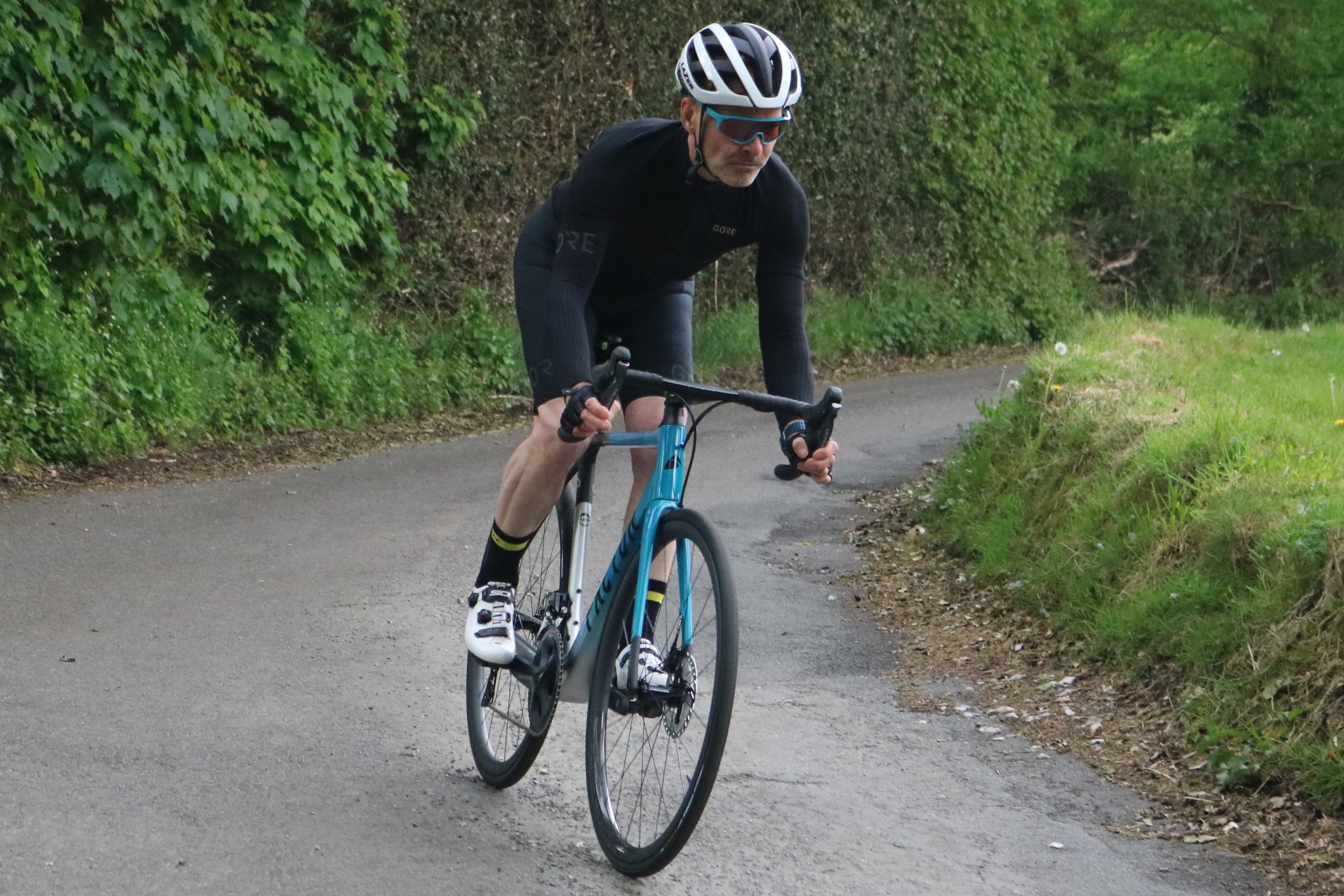Mavic Comete Ultimate helmet review
Mavic’s latest aero helmet is comfortable to wear even in hot conditions

The Mavic Comete Ultimate helmet is a well ventilated aero helmet and very comfortable thanks to its memory foam and thin side straps. There are clever features like the sunglass retainers in the front side vents. But it’s a bit prone to dents and scuffing.
-
+
Comfortable and well ventilated
-
+
Lightweight
-
+
Eyewear retention pads in front side vents
-
+
Nicely engineered straps
-
+
MIPS option
- +
-
-
A bit prone to dents and scuffs
You can trust Cycling Weekly.

The Mavic Comete Ultimate is the latest helmet from Mavic, and comes with aero credentials. Mavic has tested these in the wind tunnel and says that the new helmet will save you 3 watts and 14 seconds per hour at 40kph relative to its Cosmic Pro helmet.
Despite the Mavic Comete Ultimate having a quite enclosed side-on profile, there’s good ventilation, even when riding through the 2018 summer heat wave. From the front, the ribs straddling the broad vents look quite flat sided, rather than letting the air through. This seems to result in greater airflow being directed over the head for increased cooling.
>>> Aero road helmets: can they make you faster?
There’s a wide rear vent and side slots towards the rear, which also seem to help with airflow. The rear vent has a reinforcing carbon fibre fin across it, which Mavic says has allowed it to increase the aperture.

Mavic says that its EPS-4D construction method improves impact protection by 30 per cent relative to a standard helmet. In some helmets, the outer shell wraps over the polystyrene core at the bottom edge, helping to protect it from wear. This isn’t the case with the Mavic Comete Ultimate helmet though and I did find that I’d acquired a few dents and gouges in it while testing. It’s usually cosmetic, but a serious drop might damage the helmet.
>>> How much faster are tubeless tyres? Mavic has the answer
Padding inside the helmet comprises a series of small memory foam pads in the apex of the helmet and a front foam fabric band, which is also backed by a strip of memory foam. The memory foam adds extra compressibility and results in a more comfortable fit than standard padding.
The latest race content, interviews, features, reviews and expert buying guides, direct to your inbox!

The memory foam pads in the top of the helmet are angled so as to direct air from the front vent over the head too. Despite being minimal, I found that they relieved pressure well. Mavic has put a lot of research into its helmets’ padding, which is described in this post.
Another nice feature is the addition of small, grippy rubber pads to the front side vents. If you want to slide your sunglasses into the helmet when you’re climbing, these mean that there’s almost zero chance that they won’t stay put. It’s a simple extra that I’ve not seen in other helmets.
Rather than the usual flat straps, which can flap against the side of the head and rub against the ears, the side straps of the Mavic Comete Ultimate are cylindrical. It means that they’re more comfortable and less likely to get twisted or in the way of your sunnies. They move freely through the rear anchor, so that they even up easily on either side of the head. They’re attached to a flat chin strap, to help distribute pressure well.
The Mavic Comete Ultimate is available with or without MIPS. Mavic claims a weight of 210g for the medium helmet. As I take a size large, that goes up to a still-lightweight 250g, although MIPS would add 10-20 g to that.
Paul started writing for Cycling Weekly in 2015, covering cycling tech, new bikes and product testing. Since then, he’s reviewed hundreds of bikes and thousands of other pieces of cycling equipment for the magazine and the Cycling Weekly website.
He’s been cycling for a lot longer than that though and his travels by bike have taken him all around Europe and to California. He’s been riding gravel since before gravel bikes existed too, riding a cyclocross bike through the Chilterns and along the South Downs.
